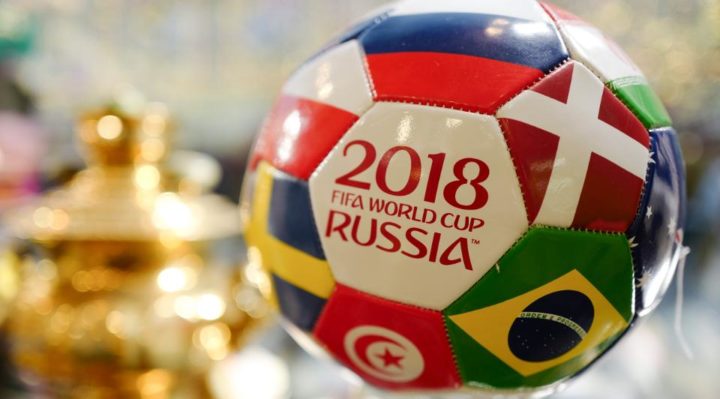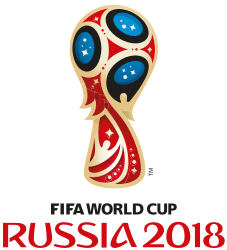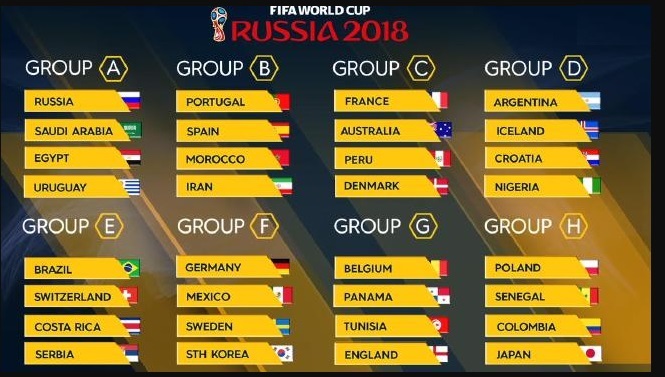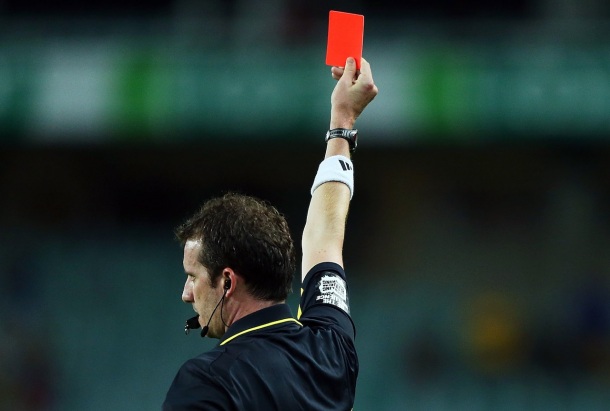

With the kick-off of the World Cup, many Americans (including yours truly) are just getting acquainted with the most celebrated sport in the world. My knowledge goes as far as to know you kick the ball into the goal for points…
So I’ve compiled a list of 10 basics to know about Soccer so that we can all enjoy the World Cup a little more!
- The Game: Soccer is pretty straight forward – two teams of 11 players each try to get the ball into the opposing team’s goal using any part of the body other than hands and arms. No direct physical contact is allowed. Whichever team scores the most points at the end of two 45 minute periods is the winner.
- The World Cup: The World Cup is an international association soccer competition of men’s national teams that are members of FIFA, Fédération Internationale de Football Association. This year marks the 21st World Cup. The tournament is held every four years since 1930, with the defending champion being Germany. 20 World Cup Tournaments have been won by 8 teams – Brazil has won 5 times, Germany and Italy 4 times each, Argentina and Uruguay twice, finally England, France, and Spain have all won once.
- The Matches: For the World Cup tournament, 32 teams divided into 8 groups will battle it out over the next month. Each country has to play three games in their group stage before making it the last 16, quarter-finals, semi-finals and final. That means there are 64 matches in total, including the third place-play off.

<a href=httpswwwfoxsportscomaufootballworld cupworld cup 2018 draw group a h the easiest but england and spain complicate round of 16 pathsnews story444fc8680a295ffba1955bc0686fef71 target= blank rel=noopener>SOURCE<a> - The Teams: Russia is hosting The World Cup this year, and games will take place in over 11 cities starting June 14th until July 15th. A series of tournaments was held to decide 31 of the 32 teams, with Russia automatically qualifying since they are the host. This was the first time in history that all 210 eligible national teams registered for the preliminary competition! This is also the first time since 1986 that the USA did not qualify for the World Cup, with Netherlands and Italy missing as well.

<a href=https12thmancomfacilitiesid=9 target= blank rel=noopener>SOURCE<a> - The Playing Field: Also known as the Pitch, a typical field is about 100 yards long and about 50 yards wide, and has white boundary lines. If the ball goes over the boundary lines, it is returned into play via a two-handed overhead throw. It’s the only time where a player other than the goalie can pick up the ball with their hands. If the ball goes out of play at the end line, (by the goal) it’s returned by the goalie kicking it, or by a corner kick by the opposing team.
- The Positions: Most of us are pretty familiar with goalies, who are tasked with preventing the other team from scoring. The 10 other positions are comprised of Forwards that focus on scoring, Midfielders which help defense and drive the ball to the Forwards to score, and Defenders which do exactly what you think they do.
- The Goal: The goal is pretty big – 8 yards long by 8 yards high. To score, the ball has to completely cross the end line between the goal posts to be counted. In front of the goal is a large rectangle called the goal area. If a defending player commits a foul in this area, the attacking team gets a penalty kick. This is a free shot at the goal with only the goalie defending it, from a distance of 10 yards.
- Fouls: Fouls committed anywhere else on the field can result in a variety of penalties. Minor offenses, like accidently touching the ball with your hands, tripping an opponent, or kicking at the ball while it’s in the air and near people’s heads result in a free kick for the other team.

<a href=httpswwwobsevcomsportssoccer ref gets kicked face after issuing red cardhtml target= blank rel=noopener>SOURCE<a> - Cards: The worst fouls can result in cards, which are warnings issued by the ref to players. Severe or repeated fouls, fighting, disrespecting the officials, and intentional fouls give the referee the option of issuing a yellow card. This is like a warning – the ref takes the card out and holds it up to let everyone know that it’s being issued. He then writes the offending player’s number in his notebook. If the same player gets another yellow card in the same game, it’s an automatic red card. A red card means ejection from the game, and that player’s team can’t replace him. That leaves the team shorthanded for the rest of the game! Extreme offenses can result in an immediate red card, whether or not a yellow card was issued. Lesson here: don’t be a jerk.
- Ties: If a game ends in a tie, the decision will depend on several factors (listed here from the organization’s regulations):
- Greatest number of points obtained in all group matches.
- Goal difference in all group matches.
- Greatest number of goals scored in all group matches.
- Greatest number of points obtained in the group matches between the teams concerned.
- Goal difference resulting from the group matches between the teams concerned.
- Greater number of goals scored in all group matches between the teams concerned.
- Drawing of lots by the FIFA Organizing Committee.
Join us June 14th – July 15th for the 2018 World Cup , live on FOX!






